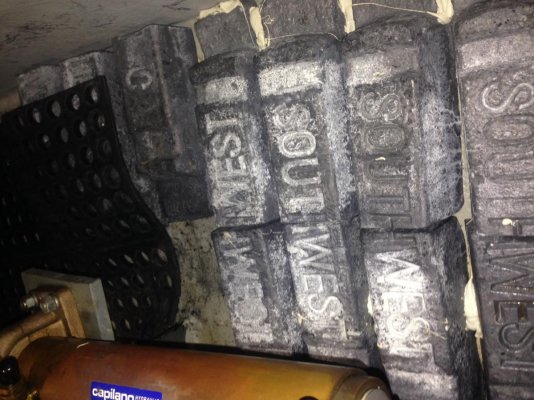Portuguese
Guru
Hy guys
It's getting close!....
I am getting lead ingots to use as ballast in my boat.
Is there any special care apart from getting it far from other metals?
Thank you
It's getting close!....
I am getting lead ingots to use as ballast in my boat.
Is there any special care apart from getting it far from other metals?
Thank you




